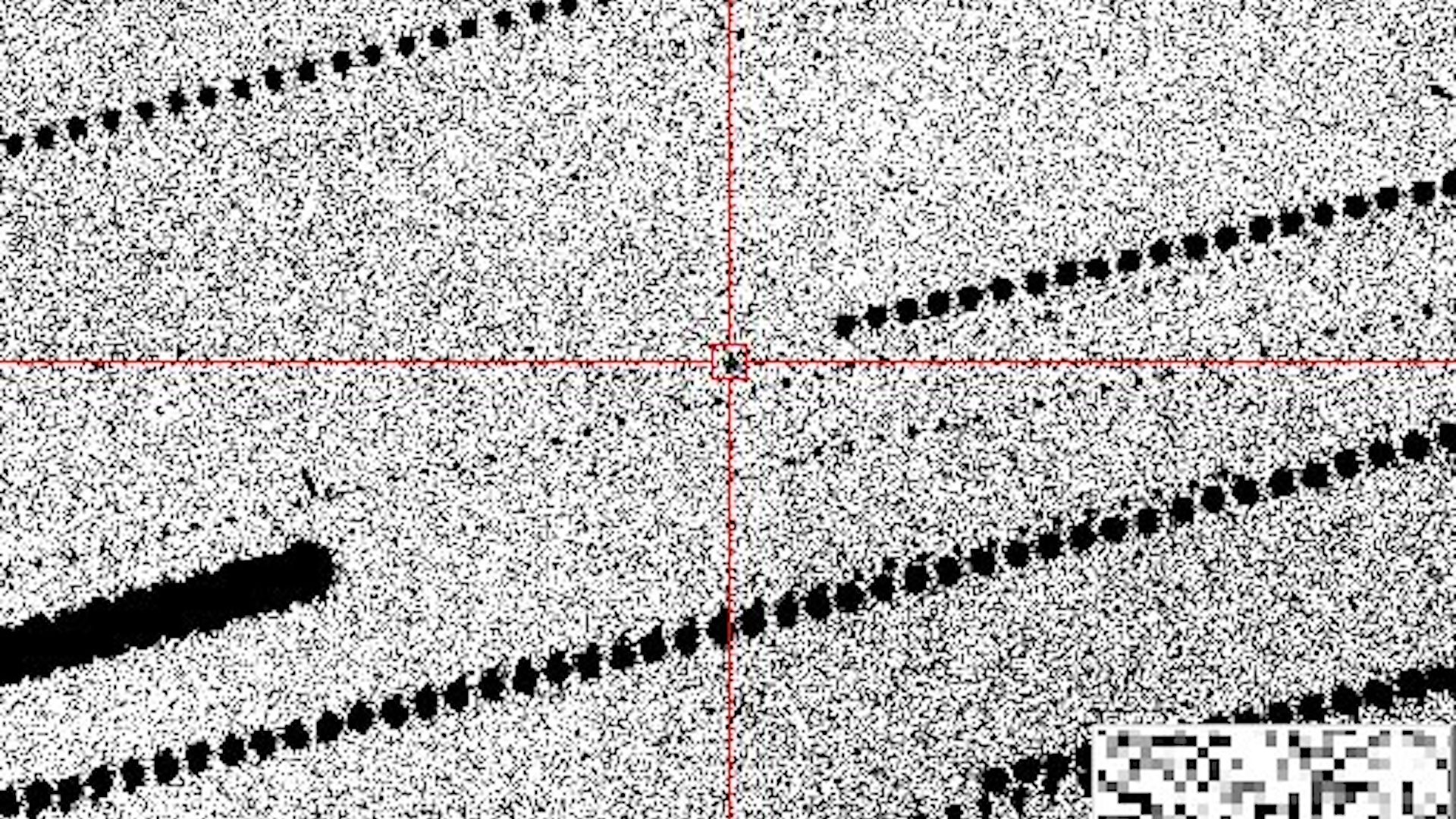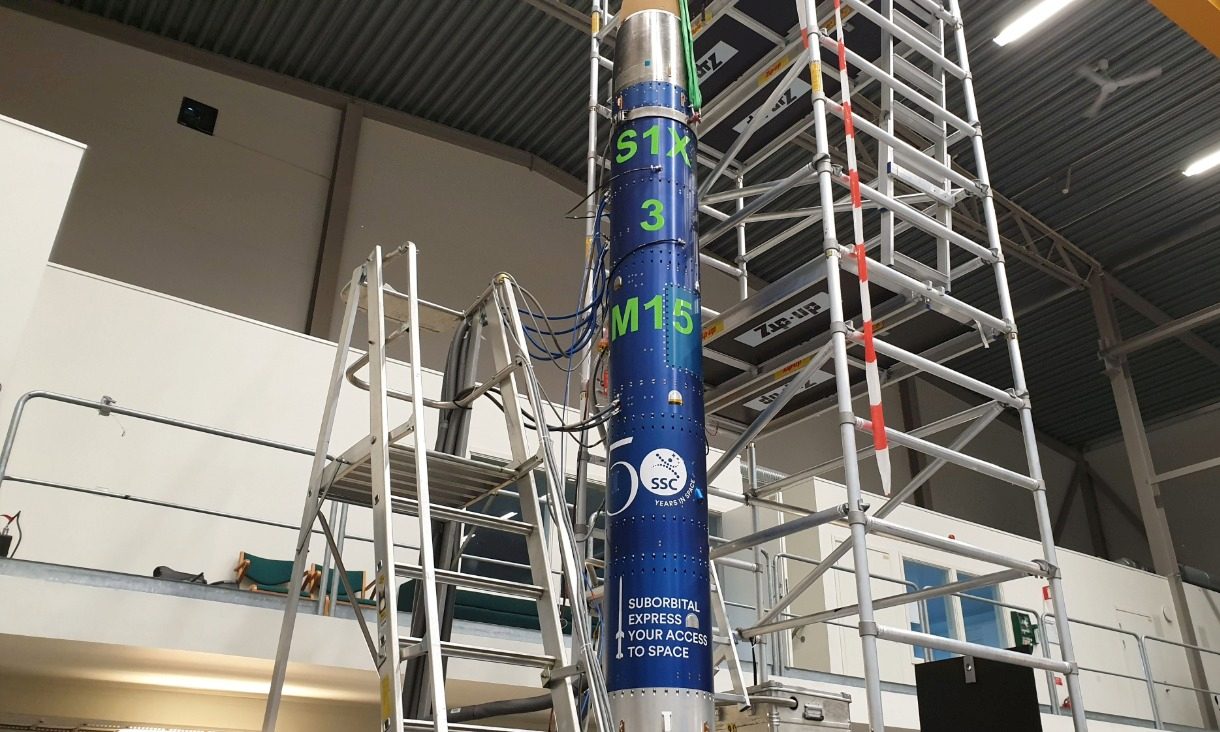Unbelievable Discovery: How a Giant Black Hole Powers a Cosmic Jet!

For nearly 200 years, scientists were baffled by a bright spot in the constellation Virgo. Initially dubbed '87: Nebula without stars' by Charles Messier in 1781, this enigmatic object was later identified as the colossal galaxy M87. But what lies at its heart is even more astonishing: a supermassive black hole known as M87* that weighs in at a staggering six and a half billion solar masses!
What’s even more mind-blowing is how M87* unleashes a particle jet that zips through space at nearly the speed of light, stretching across a jaw-dropping 5,000 light-years. This phenomenon isn’t unique; other spinning black holes do similar things. These jets play a vital role in distributing energy and matter throughout the cosmos, influencing the evolution of entire galaxies—talk about cosmic impact!
A team of brilliant astrophysicists from Goethe University Frankfurt, led by the esteemed Prof. Luciano Rezzolla, has made groundbreaking strides in understanding this process. They developed a cutting-edge numerical code called the Frankfurt particle-in-cell code for black hole spacetimes (FPIC). This innovative tool allows them to describe with stunning precision how rotational energy from black holes is transformed into particle jets.
Previously, the Blandford-Znajek mechanism was the go-to explanation for how black holes siphon off energy via strong magnetic fields. However, this team has uncovered a new player in the game: magnetic reconnection. In this fascinating process, magnetic field lines break apart and then reassemble, converting magnetic energy into heat, radiation, and explosive plasma eruptions.
The FPIC code was no small feat; it required immense computational power and millions of CPU hours to simulate complex interactions between charged particles and extreme electromagnetic fields in the intense gravitational pull of the black hole. Dr. Claudio Meringolo, lead developer of the FPIC, emphasizes the importance of these simulations for grasping the dizzying dynamics of relativistic plasmas near such compact objects.
As the researchers delved into the equatorial plane of the black hole, they discovered remarkable reconnection activity that birthed a series of plasmoids—energetic bubbles of plasma racing at nearly the speed of light. This activity seems to generate particles with negative energy, essential for powering those awe-inspiring jets and plasma bursts.
Dr. Filippo Camilloni, another key player in the FPIC project, enthused, “Our findings suggest that the Blandford-Znajek mechanism isn’t the only player in extracting energy from black holes; magnetic reconnection also plays a pivotal role.”
Prof. Rezzolla shared his excitement, stating, “We’re shedding light on how energy is extracted from rotating black holes and funneled into jets. This knowledge helps us understand the extreme brightness of active galactic nuclei and the acceleration of particles to nearly the speed of light.” The thrill of deciphering the mysteries surrounding black holes with their sophisticated numerical codes is truly rewarding. The depth of their mathematical rigor further enhances the clarity of these complex simulations, and the journey into the heart of the cosmos is just getting started.



























